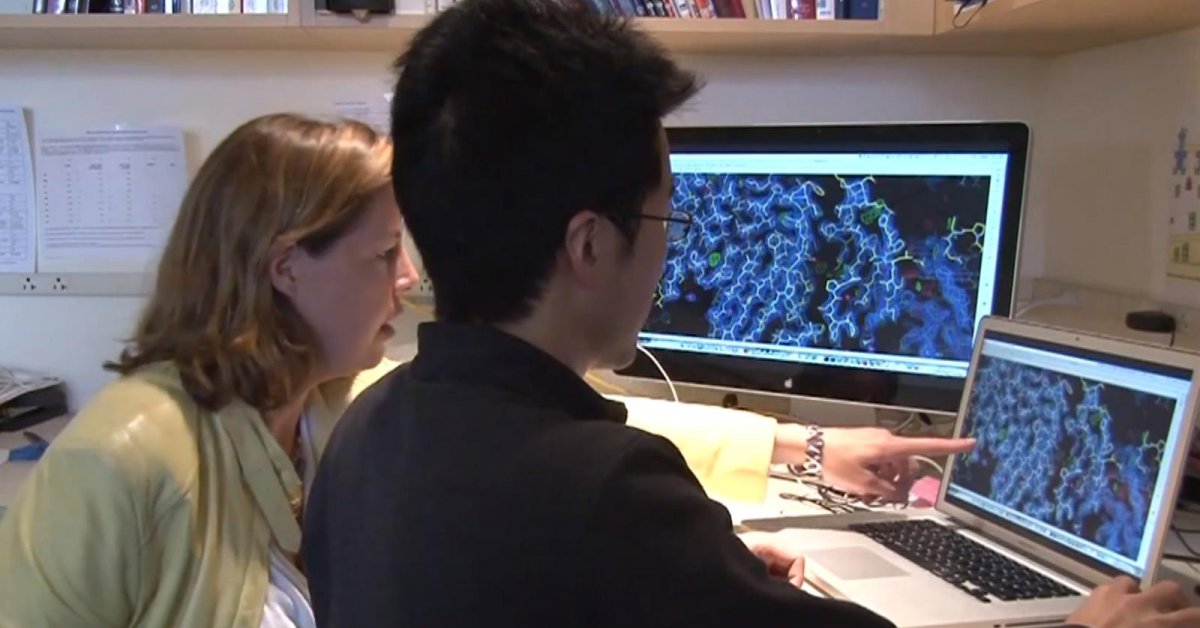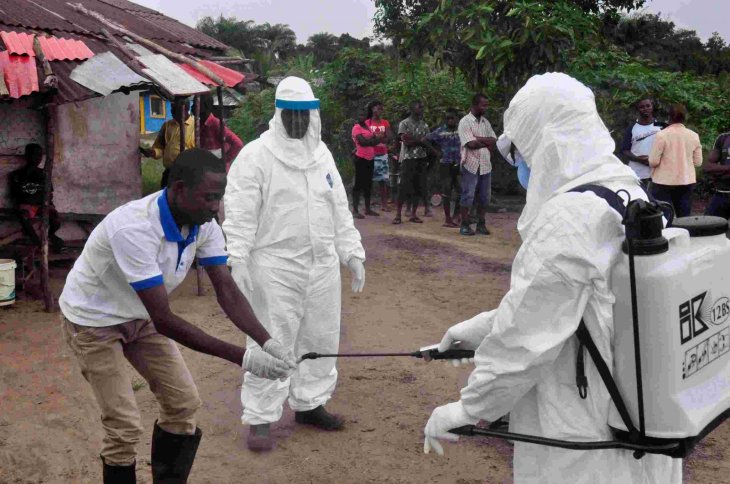This Computer Model Can Tell Us Where Ebola Will Break Out Next
Aadhya Khatri - Oct 16, 2019

The computer model predicts that we will have another outbreak of Ebola in 2070 if the current rate of climate change does not reduce
- UK Startup Develops The First Antimicrobial Smartphone In The World
- ICMR Warns That China’s Cat Que Virus Could Spread To India
- Tick-Borne Virus: What It Is And How Humans Become Infected?
Knowing where Ebola will break out next has become easier, courtesy of a new computer model, which keeps track on the changes in human societies and the environment that can have an effect on the spread of the deadly virus. According to its calculation, we will face another outbreak of Ebola in 2070 if climate change progresses at the current rate.
Ebola virus takes the lives of half the number of people who have come in contact with it. The last time it struck, nine out of ten patients were dead. This is why it is so important to predict where and when it will strike again to provide better healthcare and prepare measures to stop the virus from spreading.
According to Kristie Ebi, the University of Washington's professor of global health, we cannot beat the uncertainty of the future but policymakers still need to know what the future possibility range. They need to know what could happen to be better prepared for what is about to come.
The computer model could help the government of countries where there is a high chance of an outbreak know when to vaccinate their people.

According to David Reading, the study’s lead author, the model can be effective on other diseases as well. He also expected that it could raise awareness of the factors that likely to contribute to an outbreak, from the changes in animal behaviors to the environments.
When Ebola struck in 2014 in West Africa, it took the lives of 11,325 people. Experts suspected that a type of fruit bats was behind this outbreak. A person can catch the virus by coming close to the bodily fluid or blood of a patient.

Scientists also warn that poverty can force people to eat risky foods that contain the virus. And in the places where these people live, there are not enough hospitals or clinics to stop the spreading of Ebola.
Experts have taken most of the factors that can lead to another strike of Ebola into consideration, including greenhouse gas emissions, fast growth of the population, and inequality. And unless we figure out a way to ease the effect of these factors, it is highly likely that 2070 will see another outbreak of Ebola.
They also show how hard it can be to identify all of the factors that can contribute to an epidemic. They have to study data on poverty, climate change, and population growth. The model has had some initial success predicting places where Ebola has struck before, for example, the Democratic Republic of the Congo and Gabon. It also pointed out countries where the virus has not yet attacked, like Nigeria, probably because the infrastructure for healthcare in these places is better.
As stated by Daniel Bausch, member of the American Society of Tropical Medicine’s executive committee, whether there is a decent healthcare system or measures to identify the disease can determine if Ebola can spread or not.
In countries and areas where there are not enough resources to deal with an outbreak, a model like this can be of great help to tell officials where they should focus on to prepare for a strike. However, for that future to happen, we need to have trust on the model first. Bausch said that only time could tell if the model could correctly predict the places Ebola and other diseases were going to strike next. So the only thing we can do right now is to wait.
Featured Stories

Features - Jul 01, 2025
What Are The Fastest Passenger Vehicles Ever Created?

Features - Jun 25, 2025
Japan Hydrogen Breakthrough: Scientists Crack the Clean Energy Code with...

ICT News - Jun 25, 2025
AI Intimidation Tactics: CEOs Turn Flawed Technology Into Employee Fear Machine

Review - Jun 25, 2025
Windows 11 Problems: Is Microsoft's "Best" OS Actually Getting Worse?

Features - Jun 22, 2025
Telegram Founder Pavel Durov Plans to Split $14 Billion Fortune Among 106 Children

ICT News - Jun 22, 2025
Neuralink Telepathy Chip Enables Quadriplegic Rob Greiner to Control Games with...

Features - Jun 21, 2025
This Over $100 Bottle Has Nothing But Fresh Air Inside

Features - Jun 18, 2025
Best Mobile VPN Apps for Gaming 2025: Complete Guide

Features - Jun 18, 2025
A Math Formula Tells Us How Long Everything Will Live

Features - Jun 16, 2025
Comments
Sort by Newest | Popular